Ferrari 'Classiche': Factory-certified genuine
 Ferrari Classiche: 328 GTS
Ferrari Classiche: 328 GTS

 Ferrari Classiche: 328 GTS
Ferrari Classiche: 328 GTS
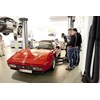
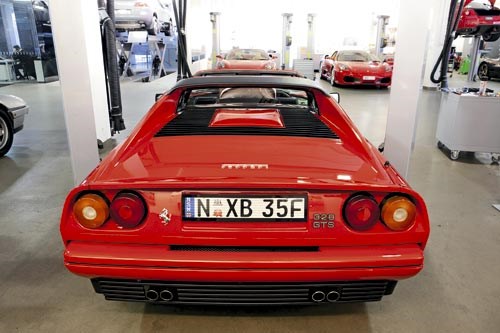 Ferrari Classiche: 328 GTS
Ferrari Classiche: 328 GTS

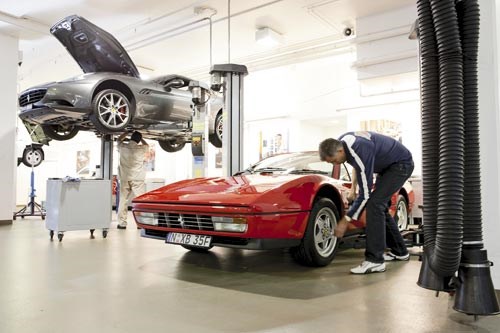 Ferrari Classiche: 328 GTS
Ferrari Classiche: 328 GTS

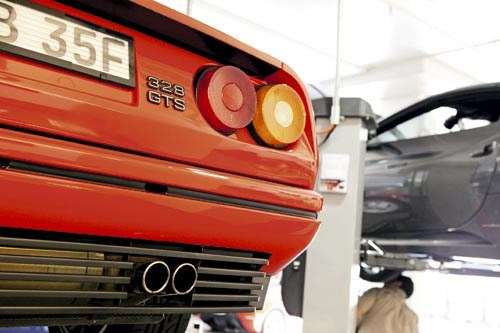 Ferrari Classiche: 328 GTS
Ferrari Classiche: 328 GTS

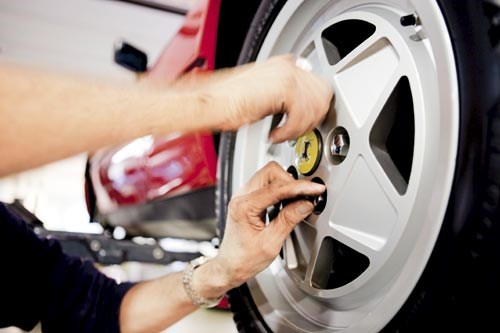 Ferrari Classiche: 328 GTS
Ferrari Classiche: 328 GTS

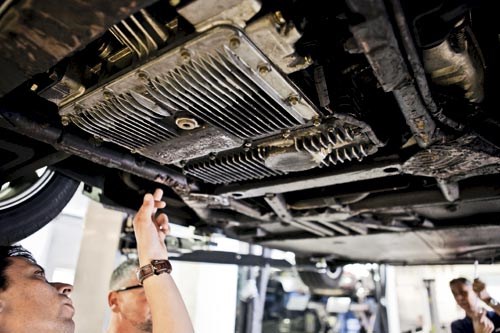 Ferrari Classiche: 328 GTS
Ferrari Classiche: 328 GTS

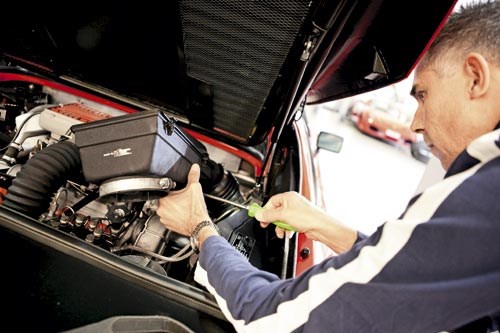 Ferrari Classiche: 328 GTS
Ferrari Classiche: 328 GTS

 Ferrari Classiche: 328 GTS
Ferrari Classiche: 328 GTS

 Ferrari Classiche: 328 GTS
Ferrari Classiche: 328 GTS
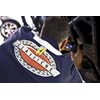
 Ferrari Classiche: 328 GTS
Ferrari Classiche: 328 GTS

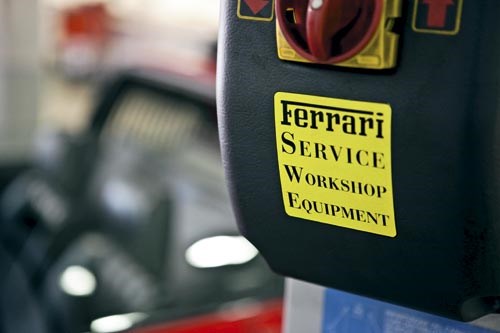 Ferrari Classiche: 328 GTS
Ferrari Classiche: 328 GTS

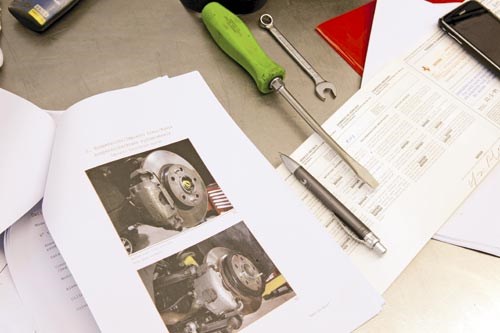 Ferrari Classiche: 328 GTS
Ferrari Classiche: 328 GTS

 Ferrari Classiche: 328 GTS
Ferrari Classiche: 328 GTS
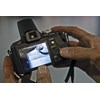
 Ferrari Classiche: 328 GTS
Ferrari Classiche: 328 GTS

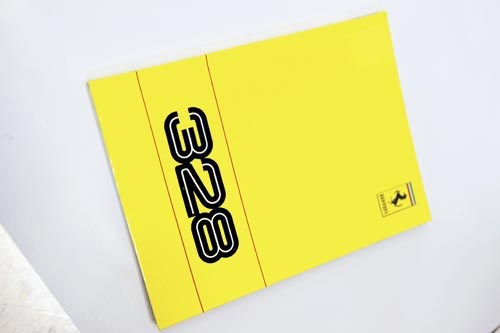 Ferrari Classiche: 328 GTS
Ferrari Classiche: 328 GTS

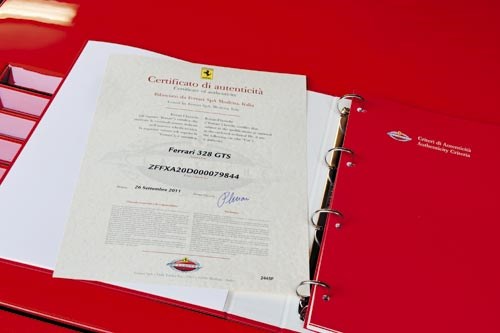 Ferrari Classiche: 328 GTS
Ferrari Classiche: 328 GTS


|
|
Ferrari Classiche: 328 GTS
|

|
|
Ferrari Classiche: 328 GTS
|

|
|
Ferrari Classiche: 328 GTS
|

|
|
Ferrari Classiche: 328 GTS
|

|
|
Ferrari Classiche: 328 GTS
|

|
|
Ferrari Classiche: 328 GTS
|

|
|
Ferrari Classiche: 328 GTS
|

|
|
Ferrari Classiche: 328 GTS
|

|
|
Ferrari Classiche: 328 GTS
|

|
|
Ferrari Classiche: 328 GTS
|

|
|
Ferrari Classiche: 328 GTS
|

|
|
Ferrari Classiche: 328 GTS
|

|
|
Ferrari Classiche: 328 GTS
|

|
|
Ferrari Classiche: 328 GTS
|

|
|
Ferrari Classiche: 328 GTS
|

|
|
Ferrari Classiche: 328 GTS
|

|
|
Ferrari Classiche: 328 GTS
|
From the archives: The 'Certificate of Authenticity' issued by Ferrari, Italy that guarantees a prancing-horse classic as the real-deal...

|
|
Ferrari Classiche
|
Ferrari 'Classiche'
So, you own a surgically clean Ferrari and want factory-certified proof yours is the duck's guts? Then 'Ferrari Classiche' is for you...
MINT SLICE
Few marques approach Ferrari for big-dollar values. Some of the greatest-ever auction results have been achieved by prancing-horse classics – like the US$35 million paid for a 250 GTO – but only a very privileged few would consider paying more than a million of any currency for a ‘second-hand’ car.
Whether we’re talking 275 GTB/4 or 400i automatic, there’s one little piece of paper that guarantees the classic Ferrari you own, or the one you intend to buy, is the absolute, dead-set genuine article. If you’re paying Swiss-chateau prices for an old car, you’d bloody well want to hope it comes with the factory’s seal of approval!
It’s called Ferrari Classiche ‘Certificate of Authenticity’ and it must be issued by the powers-that-be in Maranello, Italy. It applies to Ferrari road cars over 20 years old, as well as F1, sports, sports prototypes and road-going, limited-edition models (F40, F50, 550 Barchetta Pininfarina, Enzo, Superamerica, 612 Scaglietti Sessanta, Scuderia Spider 16M) of all ages.
This is no do-it-yourself, download-off-the-internet kind of certificate, however. It’s a painstaking inspection of a vehicle that requires specific boxes to be ticked and photographic evidence of every aspect of a car’s credentials. The easy part is you don’t actually need to ship your Ferrari to Maranello to be ‘classiched’. The inspection part is done by Len Kench – a 35-year veteran of Ferrari service – right here in Waterloo, 3km south of Sydney’s CBD, at Ferrari-Maserati’s HQ.
Today, Len will be inspecting Bob Fulop’s 1989 Ferrari 328 GTS. Once the inspection is complete, Len puts everything into a Word document and sends this, plus a Powerpoint presentation, to Maranello for confirmation that the car is worthy of Classiche certification. This process can take up to three months, which is impressive given the Italians’ reputation for time management. Ask anyone who’s ever lived in Italy!
A quick visual once-over will immediately flag whether it’s worth going ahead with the entire Classiche inspection. If it’s an Aussie-delivered Dino 246 and wears a Ferrari prancing-horse badge, it would be instantly rejected – only UK Dinos were ever badged as Ferraris. Similar scrutiny applies to the Scuderia badge on the side – if it’s real, the badge will sit flush into an indentation in the front guard. Non-original ones are merely stuck on. Same goes even for stuff like shock absorbers – yellow for Bilstein, red for Koni. It must be like it was new.
Bob’s Rosso Corsa 328 GTS is a stunningly original example of the definitive ‘Magnum P.I.’ Ferrari. It was built in mid-1988, then air-freighted to Australia in ’89 carrying a sticker price of $186,115. It wasn’t registered until 27 October 1989, making it among the last of the 308/328-generation sold in this country prior to the 348’s late-1990 launch.
The 1273kg 328 GTS was a pretty quick car for its era. It features a mid-rear-mounted 3185cc fuel-injected DOHC 32-valve V8 producing 199kW at 7000rpm and 304Nm at 5500rpm. With five manual gears clacking through a traditional Ferrari open gate, Maranello claimed the 328 would cover the standing 400m in 14.3sec, on the way to a top whack of 263km/h. Interestingly, global sales of the targa-topped 328 GTS (6068) outnumbered the 328 GTB ‘berlinetta’ coupe by five to one. Aussie-delivered cars made up only a handful of that total, meaning they’re the ones to covet.
The first check of the 328 involves matching its VIN number on the build plate and in the logbook with what’s in Ferrari’s own ‘communication system’ database. This requires removal of the airbox to get a clear shot of the engine number. Ferrari’s database will also flag whether there are any outstanding recalls for Bob’s car (there was an early suspension one on the 328). The build colour is verified (Rosso Corsa red), along with the interior, the carpets, and the stereo. Different head units can be specified, but the speakers (or, at least, the covers and location) must be original.
Up on the hoist, the thing that stands out is the amount of black wax covering the 328’s underbody. Despite the gooey look, this is a positive – it’s meant to be there, and if it wasn’t, Ferrari would ask "why not?" Anal-retentive types who feel compelled to polish their car’s underbodies best avoid the Ferrari 328! Len then removes the front and rear underbody shields to gain full access to the chassis, chassis rails and the exhaust system. Yep, even the exhaust needs to be authentic.
Body-wise, Bob’s 328 is superb. According to Len, it’s rare in that the aluminium engine cover doesn’t have indentations where mechanics have pressed down on the lid to close it – "usually, these have more dints than Bondi beach on a Sunday afternoon". The bonnet is also aluminium and it’s as smooth as a Vegas card shark.
Goodyear Eagle tyres were standard on the 328 when new, but this car wears (Japanese-made) Bridgestone Adrenalin Potenza RE001s – not the original brand, but an excellent tyre and, crucially, the correct size. As long as the brand of tyre has been associated with Ferrari at some point over the years (Pirelli, Goodyear, Michelin, Bridgestone), and has legal tread depth, then it’s counted as a pass.
Of course, the nature of old cars is that things age and eventually need replacing. The Classiche certification allows for stuff like repainting and retrimming, on the proviso the original colour and trim are documented, and as long as the new gear is genuine Ferrari (colours, materials, etc). Even the brake hoses need to be the same. In cases where the original article is no longer available (like a Dino 246 muffler), the replacement must be identical in shape.
So what does this whole procedure cost and how do you go about getting it done? Nothing gets underway until owners put down a 500 Euro, non-refundable deposit. This ensures the seriousness of the client in having their car ‘classiched’. Depending on currency fluctuations, the total cost to have something like Bob’s 328 GTS put through the Ferrari Classiche program is $2800. A Testarossa, for example, will set you back around $3500, while a 246 Dino raises that ask to around $4000. It’s not a cheap process, but it’s one that may potentially add even more than that to a car’s value – especially if it’s a highly-prized classic worth several hundred thousand dollars.
In essence, the Classiche program is intended to help preserve Ferrari’s glorious heritage. But it’s also an orchestrated way for the factory to regain control of the service-and-repair activities of non-authorised independents, while promoting its Ferrari Classiche restoration and maintenance facility in Maranello.
The blueprints of all original models have been retained in Ferrari’s archives, which not only makes the whole Classiche certification process a definitive one, it enables complete re-manufacture of any obselete parts that might be required. And if that ensures the longevity of some of the greatest cars ever made, brilliant.
As for Bob’s 328 GTS, some months after going under the microscope in Waterloo, Maranello came back with his Golden Ticket – official certification that it’s genuine and in mint condition.
I OWN ONE
You might remember Sydneysider Bob Fulop, 50, as the owner of the stunningly original R32 Nissan Skyline GT-R we covered for a Buyers Guide back in Issue 328.
Well, the bloke is a car tragic just like the rest of us and owns a collection of fabulous sports cars from the late-’80s and early-’90s.
As well as the Nissan and the Ferrari, Bob also owns an E36 BMW M3. "I have no real brand bias, but I won’t be selling my 328 to buy a Porsche". When it’s this perfect, I’d keep it too!
Unique Cars magazine Value Guides
Sell your car for free right here
Get your monthly fix of news, reviews and stories on the greatest cars and minds in the automotive world.
Subscribe

.jpg)









.png)



